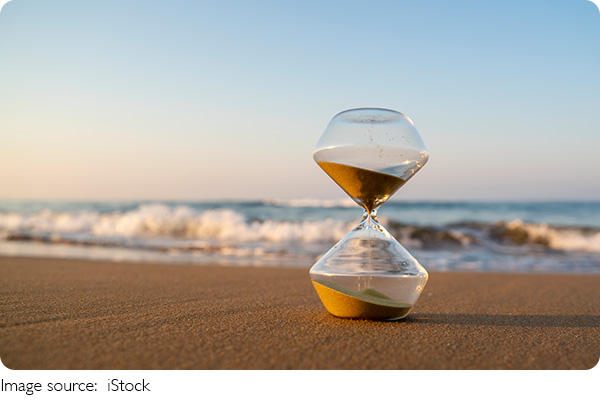Hourglass: Sands of Time

The hourglass, a simple yet elegant timekeeping device, has been used for centuries to measure the passage of time. Its iconic shape, consisting of two bulbs connected by a narrow neck, is instantly recognizable. But how did this ingenious invention come to be, and how has it evolved over time?
A Brief History of the Hourglass
The exact origin of the hourglass is uncertain, but it is believed to have appeared in Europe during the 14th century.
It was a significant advancement in timekeeping compared to earlier methods like sundials, which were unreliable in cloudy weather or at night. The hourglass's simple design and portability made it a popular choice for measuring short intervals of time, such as cooking, sailing, and some ceremonies.
History of hourglass in 1 minute l Mrİnfo
Video by Mrİnfo
Types of Hourglasses
Hourglasses come in various shapes, sizes, and materials. Some of the most common types include:
• Standard hourglass: This is the most basic type, typically made of glass with two bulbs of equal size.
• Pocket hourglass: Smaller and more portable, pocket hourglasses were often carried by travelers and sailors.
• Decorative hourglass: These are designed to be ornamental rather than functional, often made of intricate materials like crystal or metal.
• Specialty hourglass: Some hourglasses are designed for specific purposes, such as measuring cooking time or the length of a musical performance.
Who Uses Hourglasses Today?
While digital clocks and watches have largely replaced hourglasses in everyday life, they still hold a special place in many people's hearts. Hourglasses are often used for:
• Decorative purposes: Their timeless elegance and nostalgic appeal make them popular home decor items.
• Educational purposes: Hourglasses can be used to teach children about the concept of time and patience.
• Relaxation and mindfulness: Watching the sand flow through an hourglass can be a calming and meditative experience.
• Special occasions: Hourglasses can be used to add a touch of vintage charm to events like weddings, anniversaries, or birthdays.
3 Occasions to Use an Hourglass

1. Create a Relaxing Atmosphere: Place a decorative hourglass on a bedside table or in a living room to add a touch of tranquility and promote relaxation.
2. Enhance a Vintage Aesthetic: Hourglasses are perfect for creating a retro or vintage-inspired atmosphere in your home or at a special event.
3. Teach Children about Time: Use an hourglass to help children understand the concept of time and develop patience.
The price of an hourglass can vary widely depending on its size, materials, and design. A simple glass hourglass might cost around $10, while a decorative crystal hourglass could be priced in the hundreds or even thousands of dollars.
The hourglass, a timeless symbol of the passage of time, continues to captivate and inspire people around the world. Whether used for practical purposes or simply for its aesthetic appeal, the hourglass remains a beloved and enduring invention.

 · Information Team
· Information Team